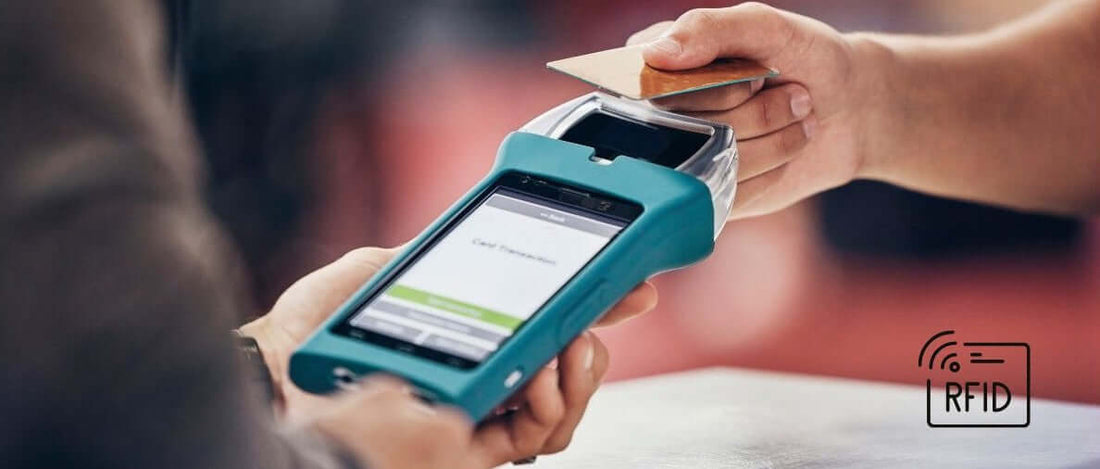
Securing Your Essentials: The Role of RFID Technology in Leather Wallets
Share
The Role of RFID Technology
In the era of digital connectivity, the integration of technology into everyday accessories has become a necessity. One such innovation making waves in the world of leather goods is Radio-Frequency Identification (RFID) technology. This article explores the significance of RFID in leather wallets, shedding light on its role in enhancing security and protecting sensitive information.
Understanding RFID Technology
What is RFID?
RFID is a technology that uses radio waves to identify and track objects equipped with RFID tags. In the context of leather wallets, RFID is commonly employed to safeguard sensitive information stored on contactless cards, such as credit and debit cards, from unauthorized access.
How RFID Works:
RFID-enabled cards and devices contain a small chip and antenna that communicate with RFID readers using radio frequencies. These cards can be read without direct contact, allowing for quick and convenient transactions. However, this convenience also poses a potential security risk.
Can RFID pass through leather?
RFID signals cannot pass through leather. Leather is an effective material for protecting RFID-sensitive items, such as wallets and cards, because it acts as an organic barrier that blocks radio frequency signals. This physical obstacle ensures that important information remains secure and inaccessible to potential RFID skimming threats, providing users with increased confidence in the safety of their data.
The Role of RFID in Leather Wallets
Protection Against Unauthorized Access:
RFID-blocking leather wallets serve as a shield against electronic pickpocketing, a method where criminals use portable RFID readers to remotely access and steal information from RFID-enabled cards. The RFID-blocking feature prevents such unauthorized access, ensuring that your personal and financial data remains secure.
Preserving Privacy in the Digital Age
In an age where digital threats are ever-present, preserving privacy is crucial. RFID technology in leather wallets acts as a digital barrier, preventing cybercriminals from skimming or scanning the information stored on your contactless cards without your knowledge or consent.
Addressing Common Concerns
Misconceptions about RFID
There are misconceptions about the prevalence and ease of RFID hacking. While electronic theft is a legitimate concern, it's important to note that instances of RFID-related crime are relatively rare. Nonetheless, the integration of RFID-blocking technology offers a proactive approach to security.
Balancing Convenience and Security
Some users may express concerns about the inconvenience of RFID-blocking features. However, the industry has made strides in ensuring that blocking technology does not impede the normal functioning of cards, allowing for seamless transactions while maintaining security.
RFID technology has become an integral part of modern leather wallets, providing an extra layer of security in our digital age. As consumers become more conscious of the potential risks associated with contactless cards, RFID-blocking leather wallets offer a stylish and effective solution to safeguard personal and financial information. The marriage of traditional craftsmanship with cutting-edge technology exemplifies how leather wallets can evolve to meet the demands of an increasingly connected world, offering users both style and peace of mind in the palm of their hands.
